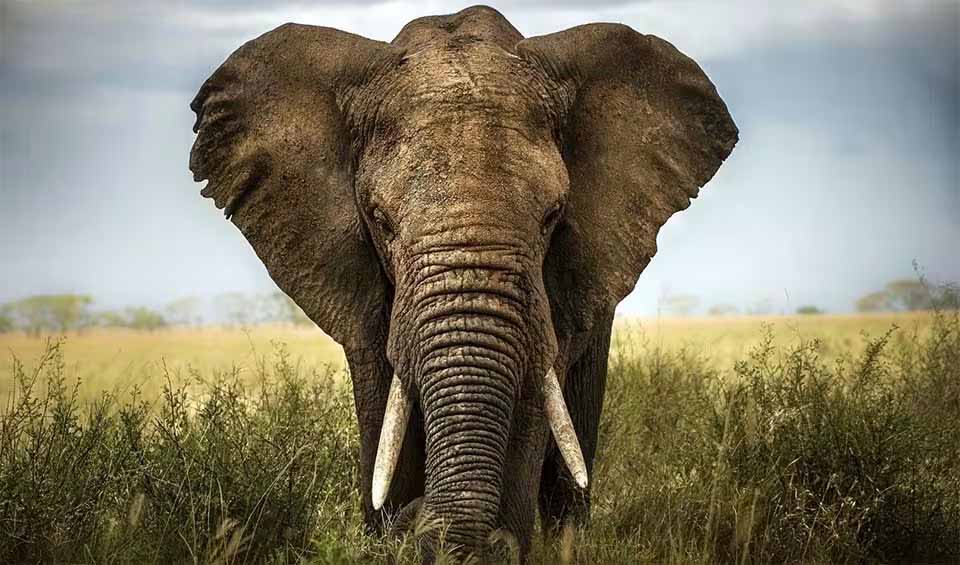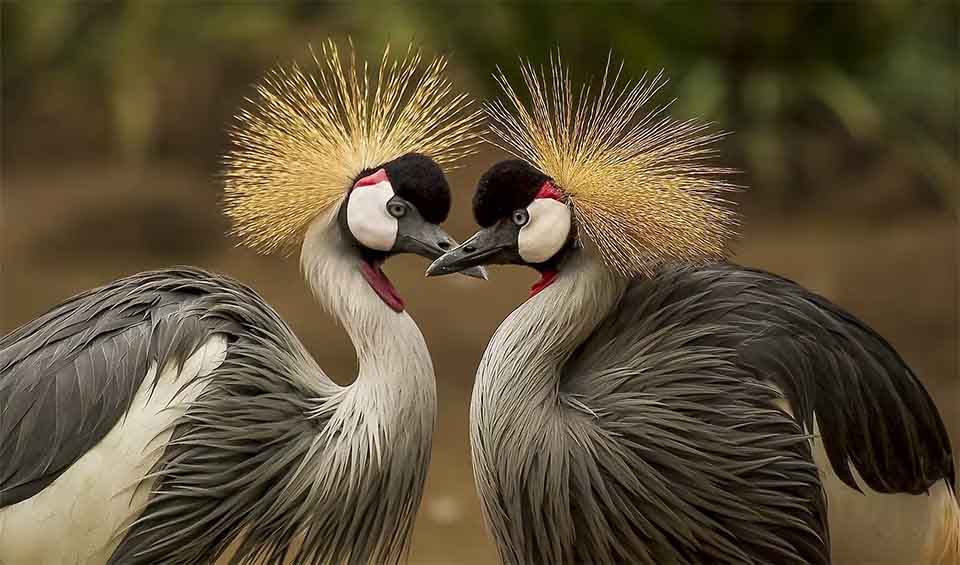Botswana is made up of seven unique eco-regions, each playing a vital role in the country’s rich biodiversity. Notably, two of these eco-regions—the central and eastern Miombo woodlands and the Zambezian flooded savanna, which is part of the expansive Okavango system—are recognized as Global 200 eco-regions. These are areas identified as priorities for global conservation efforts due to their unique ecosystems and the diverse species they support.
The rich wildlife and scenic landscapes of these eco-regions have made Botswana a premier destination for wildlife tourism, including luxury safaris and bird-watching tours. This focus on eco-tourism has enabled Botswana to reduce its economic reliance on diamonds, diversifying its economy significantly. As a result, tourism now accounts for 12% of the country’s Gross Domestic Product (GDP), providing substantial economic benefits and promoting conservation efforts.
Four pillars elaborated:
Botswana has committed over 40% of its land to national parks and game reserves, highlighting its strong dedication to conservation. This substantial network of protected areas, which includes three national parks, seven game reserves, and four wildlife management areas, helps preserve the country’s rich biodiversity. These areas span diverse ecosystems from the verdant Okavango Delta to the stark Kalahari Desert. Botswana is also actively involved in transfrontier conservation efforts, working with neighboring countries to manage shared ecosystems effectively. The transfrontier parks, such as the Kgalagadi Transfrontier Park, enhance wildlife mobility and foster regional cooperation. Land Management
Land Management
In Botswana, the primary threat to biodiversity is the reduction or destruction of habitats and barriers that hinder species movement, though the severity varies by location. In the southwest, the invasive plant Prosopis glandulosa is becoming problematic, while Salvinia molesta threatens aquatic ecosystems in the Okavango Delta. The invasive Indian Myna bird has also established itself in Gaborone, but its impact remains unclear. Four of Botswana’s seven main eco-regions are vulnerable, with threats including deforestation, unregulated cattle grazing, range degradation, veldt fires, mining, increased salinity from excessive water extraction, and uncontrolled tourism affecting various areas. Threats to Biodiversity
Threats to Biodiversity
Additionally, climate change poses a significant risk to the Okavango Delta, potentially impacting the entire Kalahari basin. Despite these challenges, Botswana has implemented robust anti-poaching measures, especially to protect flagship species like rhinos and elephants.
Botswana has established robust environmental legislation, primarily designed to support its tourism industry and safeguard environmental assets. The Environmental Impact Assessment Act of 2005 ensures that biodiversity considerations are integrated into all environmental impact assessments. There are plans to develop comprehensive policies and legislation that address the conservation of biodiversity, biosafety, benefit-sharing, genetic resources, and the regulation of invasive species. Funding for environmental initiatives typically comes from traditional government sources, but some projects are co-financed by the Ministry of Environment, Wildlife and Tourism and the Department of Environmental Affairs, in collaboration with the UNDP and the European Commission, which has funded taxonomic surveys in five protected areas. Capacity and Governance
Capacity and Governance
In 2012, the African Leadership Group outlined a strategic plan for integrating biodiversity conservation at national and district levels. Support initiatives like the Community Based Natural Resource Management Programme (CBNRM) leverage indigenous knowledge for land management, enhance local capacities, and empower rural communities.
Additionally, the Okavango Delta Management Plan promotes an integrated and participatory approach to managing the delta’s ecosystem, involving 12 sectoral components. The Permanent Okavango River Basin Water Commission (OKACOM), established in 1994, advises the riparian states of Botswana, Namibia, and Angola on transboundary water issues and fosters dialogue among stakeholders in the Okavango river basin.
Botswana’s Biodiversity Strategy and Action Plan (BSAP) aims to conserve ecosystems, protect species, promote sustainable resource use, ensure fair benefit-sharing from genetic resources, integrate biodiversity into development planning, strengthen institutional frameworks, and engage the public in conservation efforts. By addressing these goals, Botswana strives to balance development with biodiversity preservation for the benefit of present and future generations. Future Trends
Future Trends
Biodiversity
Botswana is renowned for its remarkable biodiversity, especially evident in the Okavango Delta. This vast area supports a broad range of wildlife, making it an ideal habitat for large, migratory animals. Notably, it hosts enormous herds of zebra and wildebeest that traverse the landscape annually in search of water and food. The Okavango and Chobe Rivers provide critical sanctuaries for endangered species, including puku, red lechwe, mountain reedbuck, and sitatunga antelopes, along with other rare animals like wild dogs, pangolins, aardvarks, wattled cranes, African skimmers, Cape Griffon vultures, and rhinos.Botswana boasts one of the highest concentrations of wildlife in the world, particularly noted for having the densest population of wild dogs and elephants. The latter are predominantly found in Chobe National Park, which is also famous for its large buffalo herds and rich birdlife, further highlighting Botswana’s status as a global hotspot for biodiversity and wildlife conservation.
In the table below are the number of known species in several main groups, how many of these species are Threatened with extinction, and how many of them are Endemic (unique to Botswana only):
| Species (World rank) |
Threatened | % Threatened | Endemic | % Endemic | |
|---|---|---|---|---|---|
| Mammals | 172 (#71) | 11 | 6.4% | ||
| Birds | 537 (#65) | 19 | 3.5% | ||
| Reptiles | 161 (#56) | 1 | 0.6% | ||
| Amphibians | 36 (#76) | ||||
| Fishes | 87 (#189) | 3 | 3.4% | ||
| Plants | 2,633 (#137) | 3 | 0.1% | 13 | 0.5% |
mammals
African bush elephant
Size matters! The largest of the three elephant species and the largest extant terrestrial creature on our planet
Northern giraffe
Most endangered giraffe species is witnessing silent extinction
Impala
One of the most successful African sprinters
birds
Common ostrich
Arabian ostrich, 1 of 4 subspecies, was hunted to extinction in mid-20th century
Grey crowned crane
It holds significant cultural and spiritual importance in African cultures, often associated with wisdom, longevity, and good fortune
Red-billed quelea
The most numerous wild bird species in the world
reptiles
African helmeted turtle
A freshwater turtle native to the waters of Africa and Madagascar
Black mamba
Africa’s most feared snake that would inevitably evoke reactions of fear by just its looks
Nile crocodile
One of the most iconic animals of Africa and the second largest reptile on earth
National Animals
Plains zebra
These zebras with the underbelly stripes are the longest migrators in Africa
Kori bustard
These large birds may remind you of ostriches, but they can fly!















